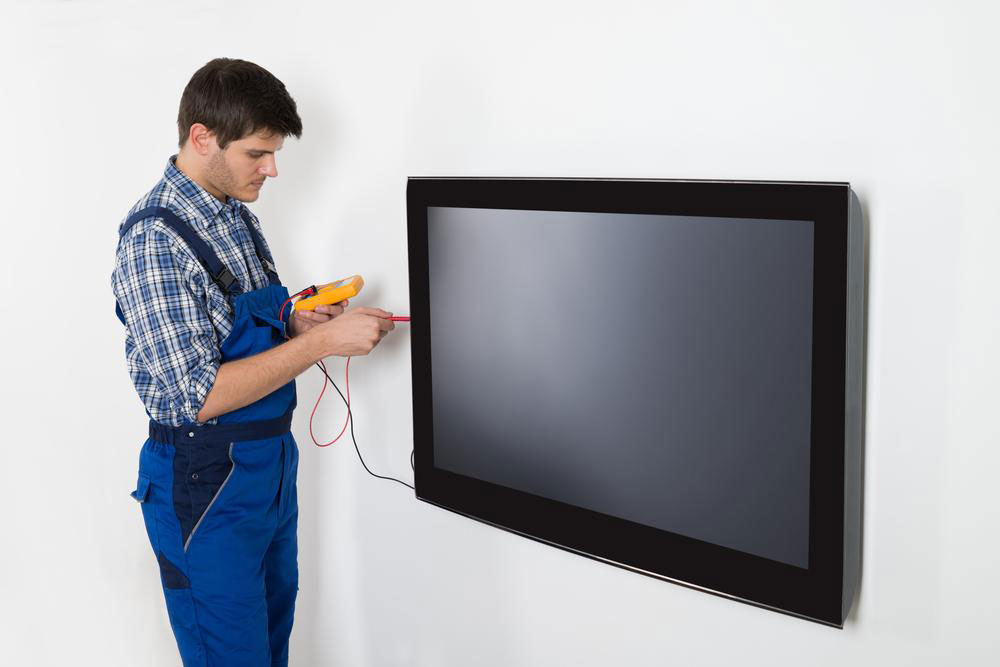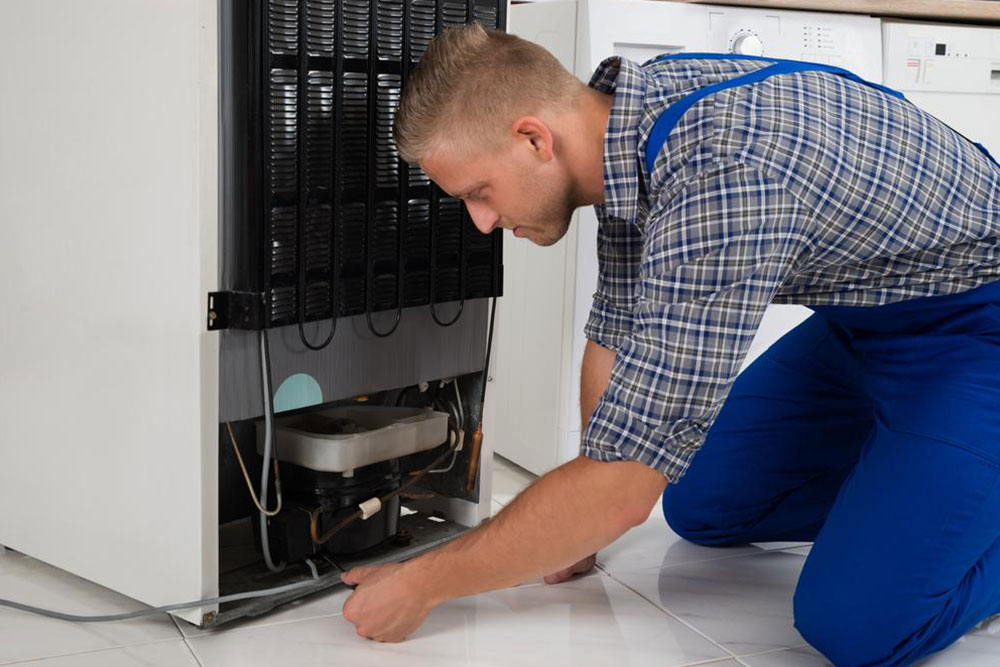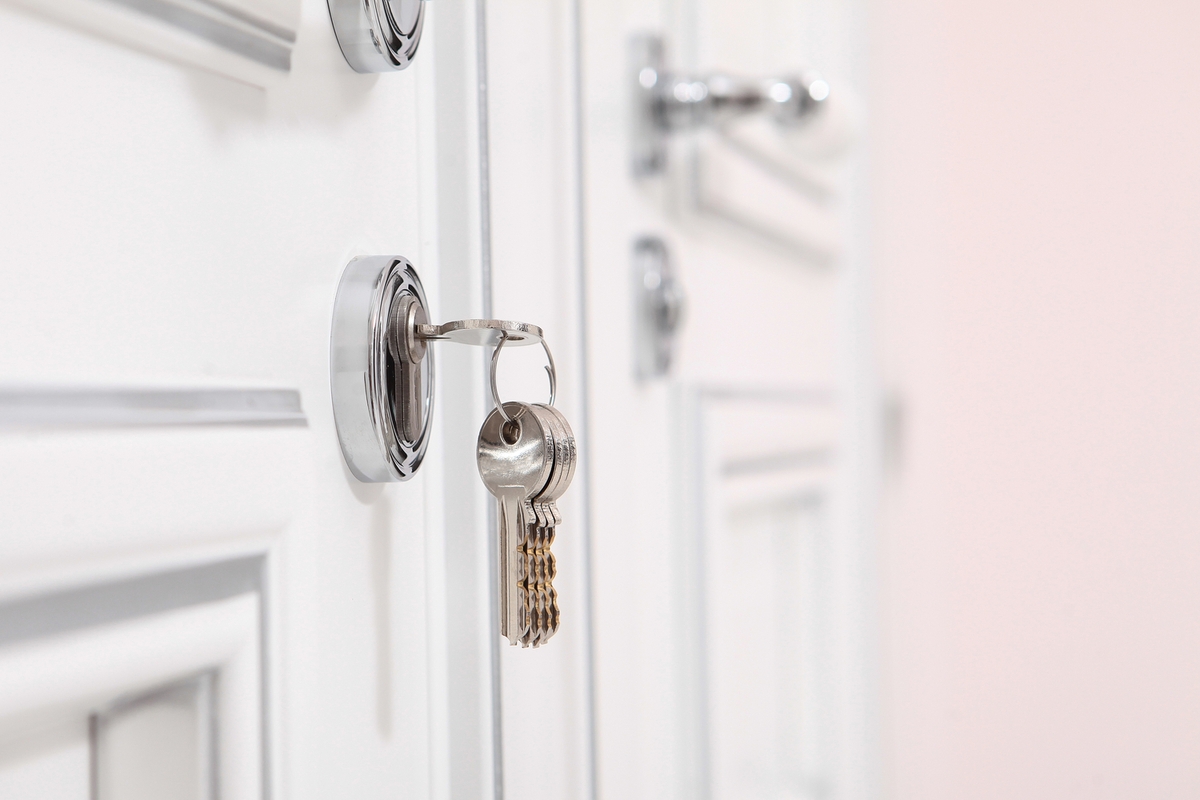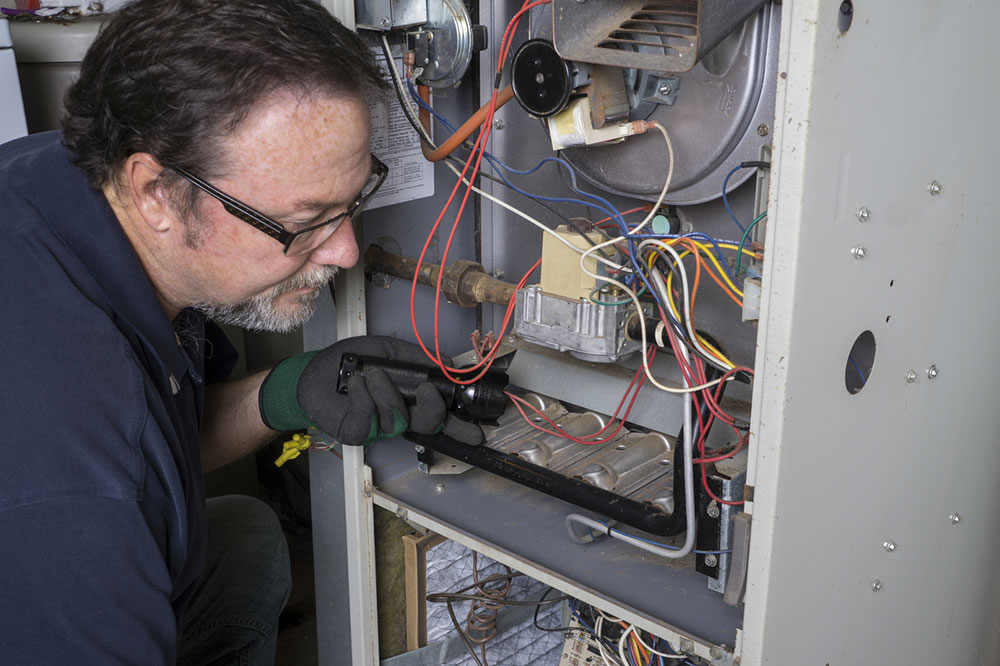Comprehensive Guide to Estimating the Expenses for Repairing Your Broken Television
This comprehensive guide offers detailed insights into estimating the costs involved in repairing your broken TV. It covers typical expenses, influencing factors, and DIY troubleshooting tips, helping consumers decide whether to repair or replace their television. Understanding these aspects can save money and extend the lifespan of your device.

Comprehensive Guide to Estimating the Expenses for Repairing Your Broken Television
When your television stops functioning properly, one of the first questions that come to mind is whether it’s more cost-effective to repair it or to purchase a new unit. The decision largely depends on the nature and complexity of the repair needed. As technology advances and newer TV models become more affordable, understanding how repair costs compare to replacement expenses is crucial. This article will walk you through the various factors influencing repair costs, typical expenses involved, and tips on making an informed decision to either fix or replace your malfunctioning television.
Deciding whether to repair or replace a broken television involves evaluating multiple aspects, including the extent of damage, the model type, and the associated costs. Here’s a detailed overview of what you might expect in terms of expenses, what factors affect pricing, and steps you can take to determine the best course of action for your broken TV.
Typical Repair Costs for Modern Televisions
Modern LCD, LED, and plasma TVs are generally designed to last around 40,000 hours of viewing, which translates to approximately 20 years of regular use. Over this lifespan, users may experience common issues such as discoloration, image burn-in, screen flickering, or complete blackouts. The costs to repair these problems can vary based on the type of issue, the TV’s size, brand, and the repair location.
In most cases, basic repairs from authorized service centers start at around $99.99. This initial fee covers diagnostic assessments and minor fixes such as replacing a power supply, fixing loose connections, or resetting internal components. Additional costs will depend on parts required, complexity of the repair, and labor charges. When purchasing a new TV, some repair shops also offer discounts or package deals, which can make repairs more attractive financially.
Factors Influencing the Cost of TV Repairs
Understanding what affects repair costs can help you make an informed decision. The following considerations significantly impact the expenses involved:
Size of the TV: Larger screens, especially those over 42 inches, typically cost more to repair because they require more extensive labor and parts. Fixing ultra-wide or ultra-high-definition screens also involves specialized skills and equipment.
Type and model of the TV: Plasma TVs, older CRT models, and vintage analog TVs usually involve higher repair costs due to the rarity of parts and the complexity of repairs. Conversely, more recent LCD, LED, or OLED units tend to be easier and cheaper to fix.
Availability of spare parts: Obsolete or discontinued models may face higher repair costs because replacement parts are scarce or expensive. It’s crucial to assess whether replacement parts are readily available before proceeding.
Location and repair shop: Repair costs can vary significantly based on geographic location and whether you choose an authorized service center or an independent technician. OEM-authorized centers typically charge more but provide guaranteed quality and original parts.
When repair costs approach or exceed the value of the TV itself—often considered to be about half or less than the cost of a new unit—it’s usually more practical to replace the appliance. For high-end models costing thousands, it’s worthwhile to compare repair estimates with the price of a new, feature-rich TV to determine the most economical choice.
DIY Troubleshooting Tips
If professional repairs are temporarily inaccessible or you’re inclined to try fixing minor issues yourself, basic troubleshooting can save both time and money. Here are some steps that might help diagnose common problems:
Check all power connections and cables to ensure they are secure.
Inspect the HDMI, AV, or input cables for damage or loose connections.
Reset the TV from the user menu or unplug it for a few minutes before plugging it back in.
Consult the TV’s user manual for troubleshooting guides specific to your model.
Keep in mind that attempting repairs beyond simple troubleshooting can risk further damage or void any remaining warranty. When in doubt, it’s best to contact professional technicians.
In conclusion, understanding the typical costs and factors affecting TV repairs enables consumers to make better financial decisions about whether to repair or replace their televisions. While minor issues can often be fixed at reasonable costs, major damages—especially in high-end or vintage models—may make replacement the more sensible option. Always seek quotes from reputable repair centers, consider the age and value of your TV, and weigh these factors carefully before committing to repairs.




